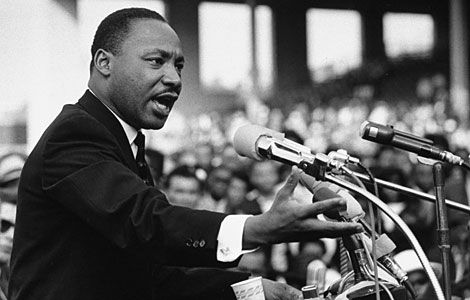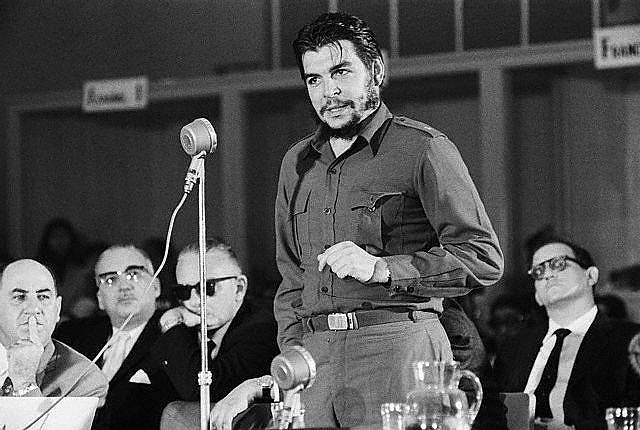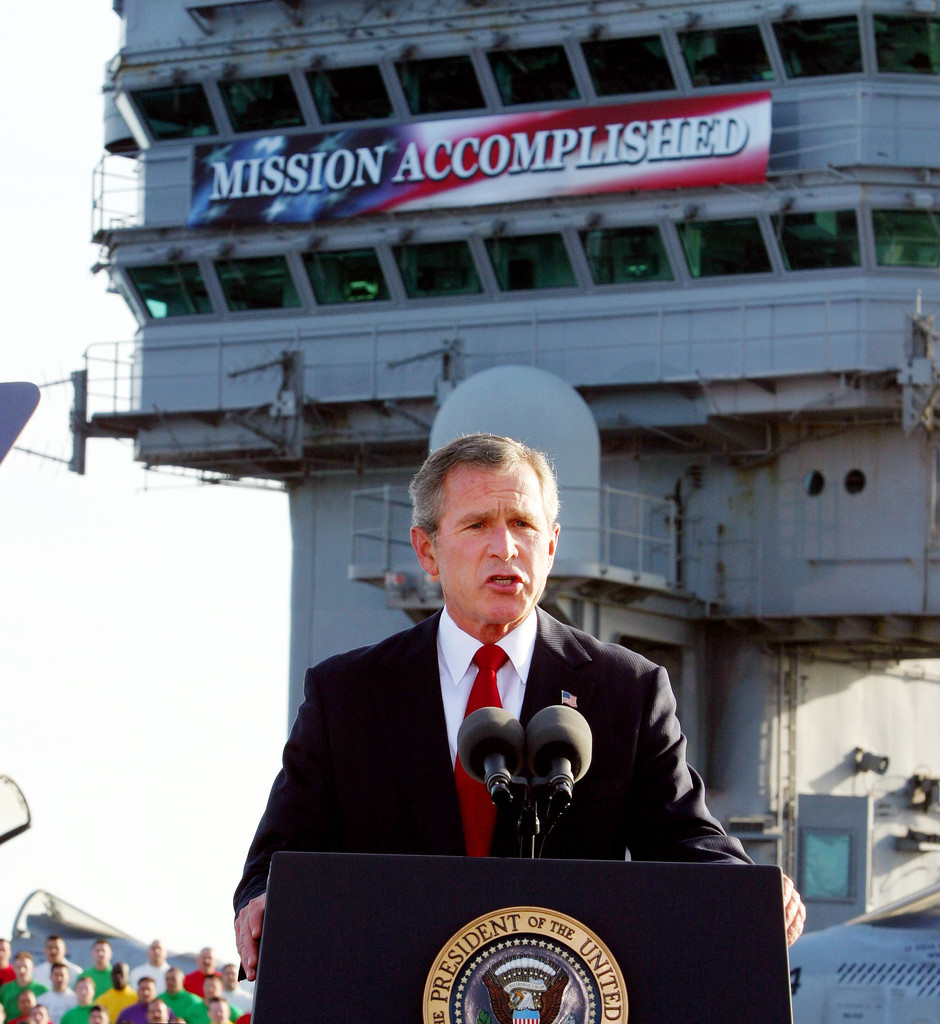How to do the hardest thing in the world: change
“Change does not roll in on the wheels of inevitability, but comes through continuous struggle.”
Martin Luther King was describing a change more fundamental than any that occurs in business.
But that does not mean his words do not apply to affecting changes – big and small.
The truth is, change is very hard.
“Adapt or die” is s a truth universally acknowledged, and yet, often we think it doesn’t apply to us.
Companies are no different. Even though they can see they need to make fundamental changes in how their business is conducted in order to help cope with a new more challenging market environment, still they often resist.
I’m not talking out of my hat. My job as a consultant content director is to get clients to improve their comms – to change in other words – and it is by no means an easy task.
After some tough experiences I started reading what experts such as retired Harvard Business School professor John P. Kotter (Leading Change, 1996) had to say on the question of organizational change.
Here’s a guide based on the learnings of experts – and your humble scribe – of how to do the hardest thing in the world: change.
OVERVIEW
The first thing to say is the eight phases of organizational change take time to work through.
How long? Longer than you think, sometimes three years and beyond.
The second thing to say is that any mistakes in each of the phases can have a critical impact, slowing momentum and negating hard won wins.
Finally it’s worth remembering that because so few people are experienced in change, even smart people can make whopping mistakes. (Believe me, I should know).
OK, so, having said all that, strap in, here we go. It’s going to be a bumpy ride!
STEP ONE: establish a sense of urgency
This is vital. Getting a transformation programme started requires the aggressive co-operation of many individuals. Without motivation, no one helps, and your change programme dies.
Surprisingly, many companies fall at this first fence. Why?
Executives really under estimate how darn hard it is to drive people out of their comfort zones. Or they get impatient to move to the next phase, before the seriousness of the need for change really sinks in.
Sometimes execs become paralyzed by downside possibilities – they worry morale will drop, senior employees will get defensive, stock will sink and they will be blamed for creating a crisis.
The problem here is simple: generally it’s a manager’s job is to minimize risk and keep the current system on track.
But change requires a new system, which takes leadership. Without leadership, or a change champion, a new system can not be developed.
The top line is this: stakeholders need to have a frank discussion of potentially unpleasant facts about the business – flat earnings, no growth or whatever other indecies of a declining competitive position.
Because there is a tendency to shoot the messenger, many CEOs get outsiders to bring the bad news. The aim here is to make the status quo more dangerous than launching into the unknown.
When 75% of a company’s management is honestly convinced that business as usual is totally unacceptable, you are ready for Step Two.
Anything less can spell trouble later on.
STEP TWO: form a powerful guiding coalition
Most renewal progranmes start with just a couple of people. But to be successful the leadership coalition must grow over time. Without minimum mass in early stages, nothing happens.
Now, some senior execs just won’t buy in. But to be successful, this coalition should be pretty powerful, in terms of titles, expertise and reputations and relationships.
I small organizations, a guiding team of just three to five people is ok. But in big companies it needs to grow to about 20-50 before more change can occur.
It often exists outside the existing hierarchy. But that makes sense. If the existing hierarchy were working well we would not need transformation in the first place.
The guiding coalition must be powerful. If they don’t they may make progress for a while, but sooner or later, the opposition gathers itself together and stops the change.
STEP THREE: create a vision
It is important to develop a picture of the future that is relatively easy to communicate and appeals to customers, stockholders and employees.
It helps if this is inspiring.
Then a strategy for delivering the vision can be developed.
In failed transformations, you often find plenty of plans, directives and programs but with no vision, employees are confused and alienated and unclear but where all this is leading.
Here is a great rule of thumb: “If you can’t communicate the vision to someone in five minutes or less and get a reaction that signifies both understanding and interest, you are not done.”
For a guide, South Western Airlines is a great example of an easily understandable vision.
STEP FOUR: communicate the vision
Transformation is impossible unless many people are willing to help, often to the point of making short term sacrifices.
They won’t do that, unless they believe change is possible. With a lot of communication. Hearts and minds of the troops will never be captured.
Sometimes, change necessitates job losses. Getting support is tough when downsizing is part of the vision. So new visions need the possibility of growth and a commitment to treat fairly anyone laid off.
In the best cases, execs use all comms possible to broadcast the vision: newsletters, management meetings, everything supports the vision.
The very best execs live the change. Communication comes in both words and deeds and the latter are the most powerful.
STEP FIVE: empower others to act on the vision
Blockers to change are very real. Sometimes its organizational structure, such as job categories, sometimes its performance re-appraisal systems that favour self-interest over the new vision.
Worst of all are bosses who refuse to change.
I worked with one company where a senior exec was allowed to block the change. The reasons he did this were complex. Partly he did not believe change was necessary and partly he felt personally threatened by it. The company had no history of confronting problems like this and people were afraid of him. The net result was disastrous, employees did not think renewal was possible and the effort collapsed.
In the first half of transformation, the big obstacles to change must be confronted and removed to maintain the credibility of the change effort as a whole.
STEP SIX: plan for and create short-term wins.
Real change takes time and renewal efforts risk losing momentum without short-term goals to meet and celebrate.
Without short term wins, many people give up or actively join the ranks of those who have been resisting change.
In a successful transformation, execs look for ways to obtain clear performance improvements and reward those involved with promotions, even money.
STEP SEVEN: Don’t declare victory too soon.
New approaches are fragile and subject to regression. A premature victory celebration kills momentum. And then the powerful forces associated with tradition take over.
Instead of declaring victory, leaders of successful efforts use the credibility afforded by short-term wins to tackle even bigger problems. Renewal efforts can take years.
STEP EIGHT: Anchor changes in the corporation’s culture
Changes sticks when it becomes “the way we do things around here”. Otherwise they are subject to degradation as soon as the pressure for change is removed.
Institutionalizing change requires two things.
First, a conscious attempt must be made to show people how new approaches behaviours and attitudes have helped improve performance. This requires communication. Time must be spent at every management meeting discussing why performance is increasing.
Secondly, the next generation of top management must embody the new approach.
If not, signs of renewal will begin to fade.
CONCLUSION
Obviously, this is a reductive analysis, but you get the point: change is messy and full of surprises, but by using this as a guide the chances of major mistakes can be avoided. Good luck.
Posted in: Big Picture story








